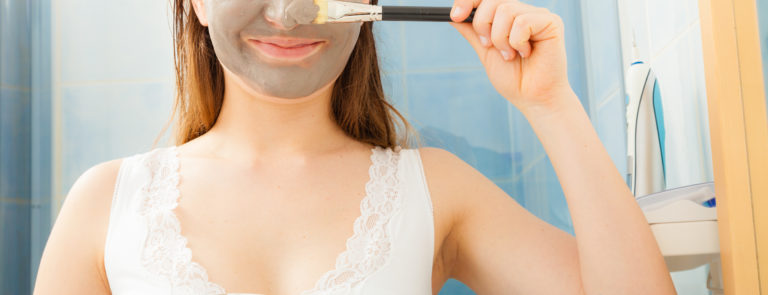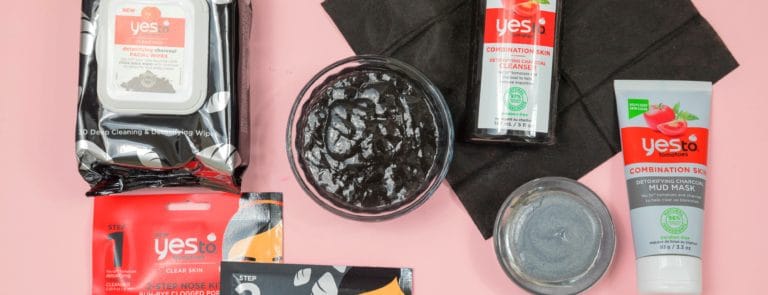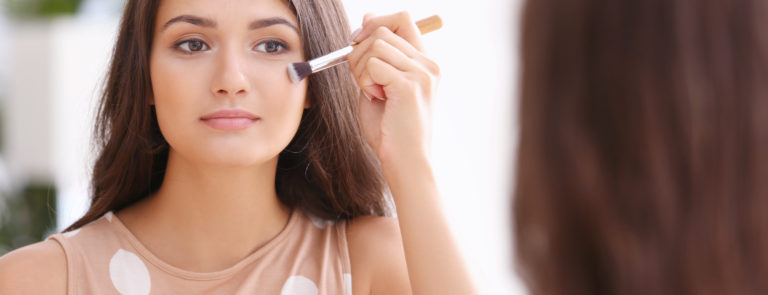15% off €35 OR 20% off €45
Code:SHOP
Benefits of clay masks

The healing properties of clay have long been recognised and used in many beauty routines. Find out the different benefits they hold and how to use them here
The healing properties of clay have long been recognised. Legend has it that Queen Cleopatra of Ancient Egypt used clay to preserve her infamous beauty.1
Once, you’d have had to scrabble around on the banks of the Dead Sea or the bottom of Iceland’s geothermal pools to get your hands on mineral clay, and its potent beauty benefits. However, today, acquiring a brightening face mask, made from mineral-rich clay, is as easy as visiting your local high street.
What is a clay mask?
Clay masks are made from mud, sourced from waters with naturally high mineral content. Popular varieties of clay face masks include:- Bentonite clay. Bentonite clay was first found in River Rock, Wyoming. However, it exists all over the world and is a common ingredient in anti-acne treatments.
- Kaolin clay. Kaolin clay was first sourced in China. You can find red, white, and yellow kaolin clays. Frequently kaolin red and white clays are combined to create pink clay. Australian pink clay is this type.
- French green clay. Illite clay and Sea clay are only sourced in France, where clays typically have a green colour (except for a pink Bentonite, which only occurs in France).
- Rhassoul clay. Rhassoul clay is native to Morocco and is known for its high mineral content.
Benefits of clay masks
Clay face masks are associated with a wide variety of benefits for health and beauty, including:- Deep cleanse the skin. Every day, while moving around in the modern world, your pores become clogged with dirt, dust, and pollution. Use a clay mask once a week, as a deep cleansing treatment that draws impurities from the pores, leaving you with brighter skin.
- Remove excess oil. Clay is an excellent natural absorbent which can help remove extra sebum from the skin, providing a natural mattifying effect. If your skin looks more greasy than glowy, you’d be wise to incorporate a clay mask into your beauty routine.
- Hydrating. Some clays have better emollient properties than others. So keep your eyes peeled for products made from French Bentonite or Rhassoul clay if you want a mask which cleanses and hydrates.
- Relaxing properties. Clay naturally soothes skin, which makes it great for those with sensitive skin, or anyone who needs to relax. Treat yourself to a day at the spa from the comfort of your sofa with a clay face mask.



